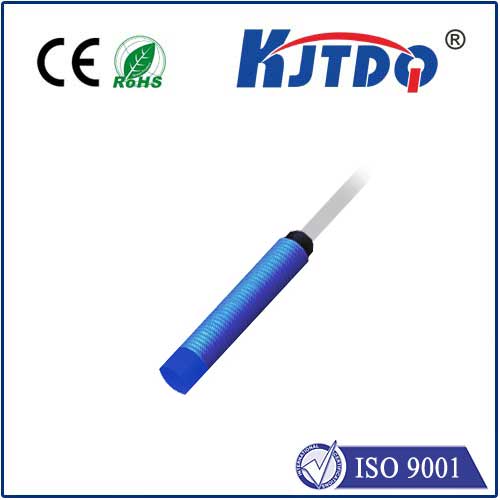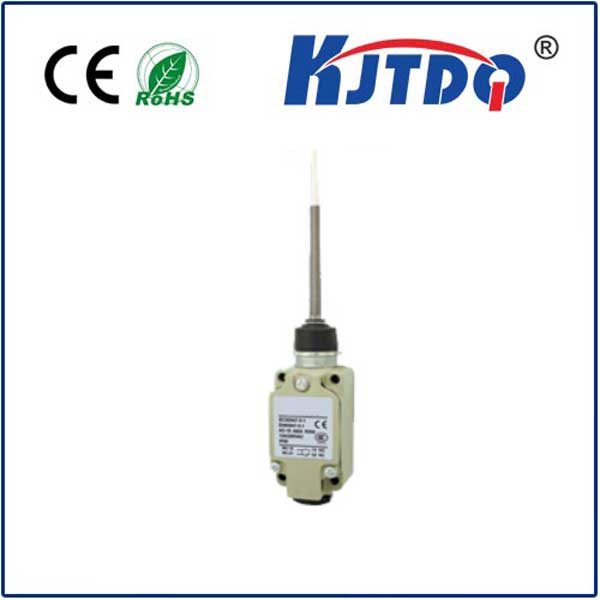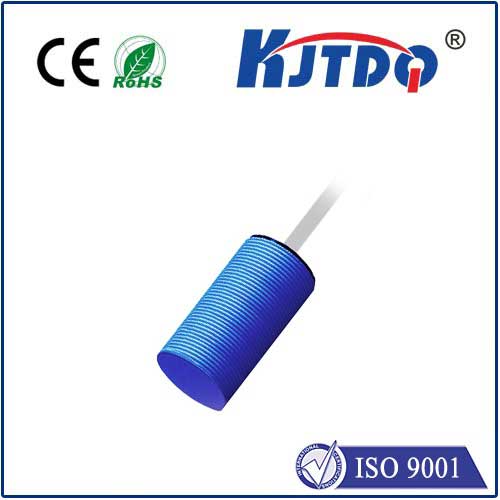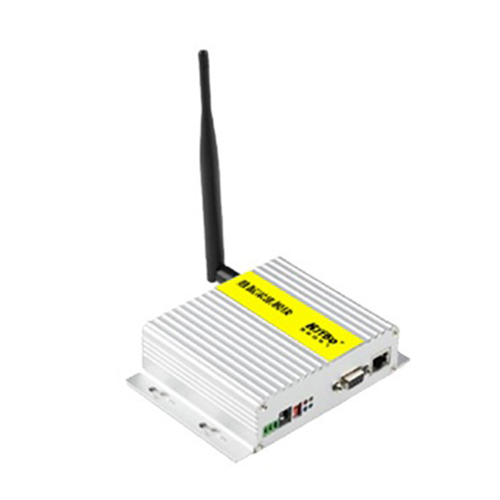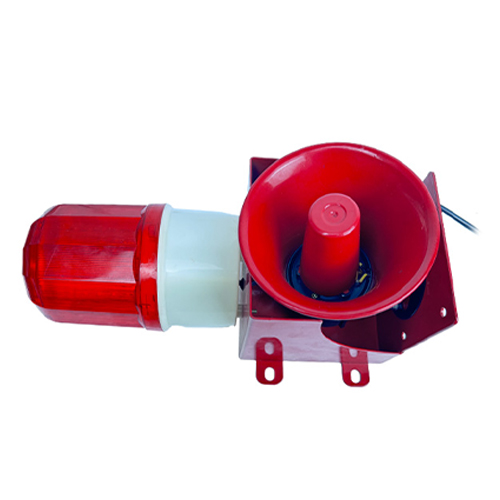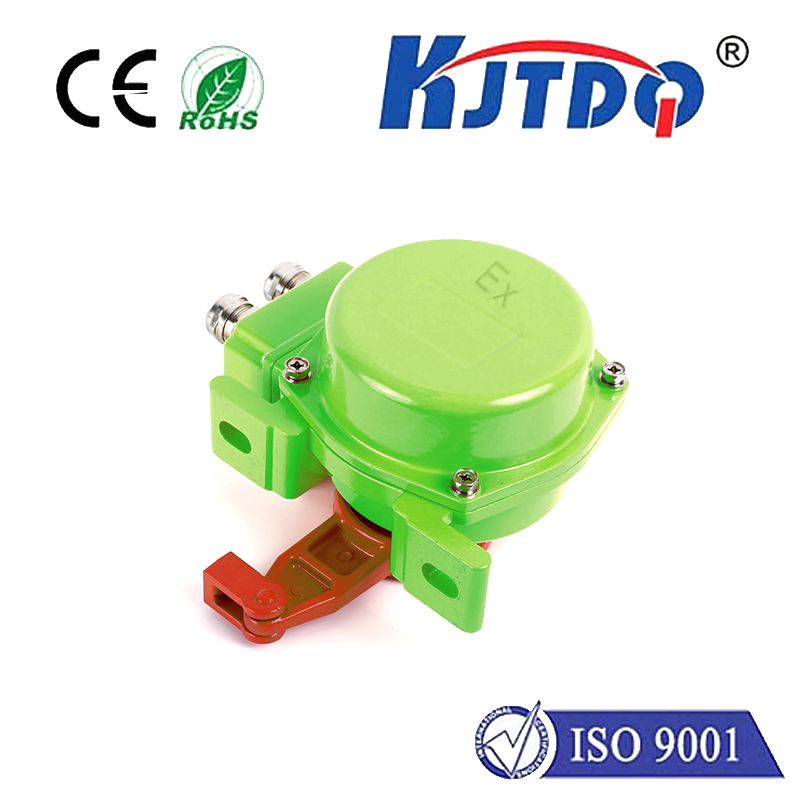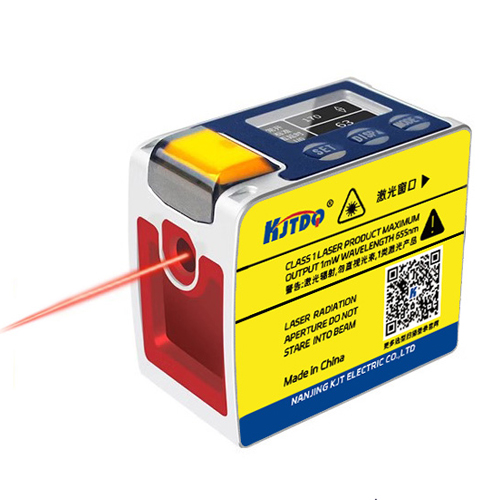photodiode sensor is operated in mode
- time:2025-08-15 02:28:41
- Click:0
Photodiode Sensor Operation Modes: Photovoltaic vs. Photoconductive
Light sensing is fundamental, powering everything from smartphone brightness controls to advanced scientific instruments and optical communication networks. At the heart of countless light detection systems sits the versatile photodiode sensor. However, simply having a photodiode isn’t enough. How you integrate it into your circuit – its operational mode – critically determines its performance, capabilities, and suitability for your application. Understanding the distinction between photovoltaic mode and photoconductive mode is essential for any engineer or designer working with photodiode sensors.
The Photodiode Core Principle: Light to Current
Before diving into modes, recall the basic principle. A photodiode is a semiconductor device designed to convert photons (light) directly into electrical current. When photons with sufficient energy strike the photodiode’s depletion region, they generate electron-hole pairs. If these charge carriers are separated before recombining, a photocurrent (IPH) flows, proportional to the incident light intensity. The operational mode dictates how this photocurrent is collected and utilized within the circuit.

1. Photovoltaic Mode: Self-Powered Simplicity
- How it Works: In photovoltaic (PV) mode, the photodiode sensor operates with zero external bias voltage applied (Vbias = 0 V). It essentially functions like a tiny solar cell.
- Circuit Configuration: The photodiode is typically connected directly to a high-input-impedance amplifier or a simple load resistor. No power supply is needed to bias the diode itself.
- Key Characteristics:
- Zero Bias Current: In complete darkness, the dark current (ID) is extremely low, often negligible for many applications. This minimizes noise originating from the diode itself.
- Lower Noise: The absence of reverse bias voltage significantly reduces shot noise and dark current noise, making PV mode ideal for high-precision, low-light level measurements where minimizing noise is paramount.
- Slower Response: Without an external electric field (bias) to rapidly sweep charge carriers out of the depletion region, the junction capacitance discharges primarily through the load resistance. Large load resistances needed for good voltage output inherently limit the system’s bandwidth and response speed.
- Non-Linear Output: The open-circuit voltage (VOC) exhibits a logarithmic relationship with light intensity, while the short-circuit current (ISC) is more linear but requires virtual ground amplification for easy measurement.
- Ideal Applications: Photovoltaic mode excels where ultra-low noise, simplicity, and self-power generation are key:
- Precision optical power meters (especially low-light).
- Energy harvesting applications (like small solar cells).
- Simple light presence/absence detection with minimal circuitry.
- Applications demanding minimal power consumption from the sensor itself.
2. Photoconductive Mode: Speed and Linearity
- How it Works: In photoconductive (PC) mode, a reverse bias voltage is applied across the photodiode sensor. The cathode is held at a higher voltage than the anode. This widens the depletion region.
- Circuit Configuration: The diode is reverse-biased using a power supply, often in series with a load resistor (RL). The photocurrent flows through RL, generating a measurable voltage drop. A transimpedance amplifier (TIA) is commonly used to convert current to voltage efficiently.
- Key Characteristics:
- Higher Speed: The reverse bias creates a strong internal electric field that rapidly sweeps generated charge carriers out of the depletion region. This significantly reduces the junction capacitance’s discharge time constant, enabling much faster response times and higher bandwidth. This is crucial for high-speed data transmission (fiber optics) and rapid signal detection.
- Excellent Linearity: The photocurrent (IPH) is highly linear with incident light intensity over a wide range, simplifying signal processing.
- Increased Dark Current: Applying reverse bias leads to higher dark current (ID) compared to PV mode. This originates from thermal generation within the semiconductor and increases with temperature and bias voltage.
- Higher Noise: The combination of higher dark current and the inherent shot noise associated with it, plus Johnson noise from the load resistor, generally results in higher overall noise compared to PV mode.
- Larger Depletion Region (w/ Bias): A wider depletion region increases the volume where photons are absorbed, potentially boosting responsivity (especially for longer wavelengths that penetrate deeper). PIN photodiodes are specifically designed to maximize this effect.
- Ideal Applications: Photoconductive mode shines where speed, linearity, and wide dynamic range are critical:
- High-speed optical communications (fiber optic receivers).
- Laser rangefinding (LIDAR).
- Barcode scanners.
- Imaging sensors (CCD/CMOS, though integrated differently).
- Pulse oximetry and other medical sensors requiring speed.
- Applications needing precise linear response over a wide light level range.
Choosing the Right Mode: A Critical Design Decision
Selecting the optimal photodiode operation mode is not arbitrary; it fundamentally shapes the sensor circuit’s performance:
- Prioritize Speed? Choose Photoconductive Mode. The reverse bias is non-negotiable for high-bandwidth applications.
- Need Ultra-Low Noise? Choose Photovoltaic Mode, especially for detecting very faint light signals where dark current noise would otherwise overwhelm the signal. Low-light scientific instruments often rely on PV mode.
- Require Best Linearity?Photoconductive Mode generally offers superior linearity across its operating range compared to the voltage output of PV mode.
- Power Constraints?Photovoltaic Mode consumes essentially zero power for biasing the diode itself.
- Circuit Complexity: PV mode circuits can be simpler (no bias supply needed), but often require specialized high-impedance amplifiers. PC mode requires a bias supply and careful TIA design but offers flexibility.
Key Design Considerations Within Modes
- Photovoltaic Mode: Selecting a very high input impedance amplifier is crucial to avoid loading the diode and degrading performance. Temperature stability can become more critical due to the diode’s strong temperature dependence under zero bias.
- Photoconductive Mode:
- Bias Voltage: Must be chosen carefully. Higher bias improves speed and responsivity but increases dark current, noise, and power dissipation. Never exceed the diode’s maximum reverse voltage (VR).
- Load Resistor / TIA: RL value trades off gain (higher RL) vs. bandwidth (lower RL). A TIA provides superior performance over a simple resistive load, especially for high gain. Bandwidth is limited by the photodiode capacitance and the TIA’s feedback resistor/capacitor.
- Dark Current Compensation: Techniques like using a matched dummy diode in the feedback path or synchronous detection can mitigate the effects of dark current drift.
- Bypass Capacitors: Essential near the bias supply and TIA to minimize noise and instability.
Beyond the Basics: Modes in Action
- Consumer Electronics: The ambient light sensor adjusting your phone screen likely uses a photodi












